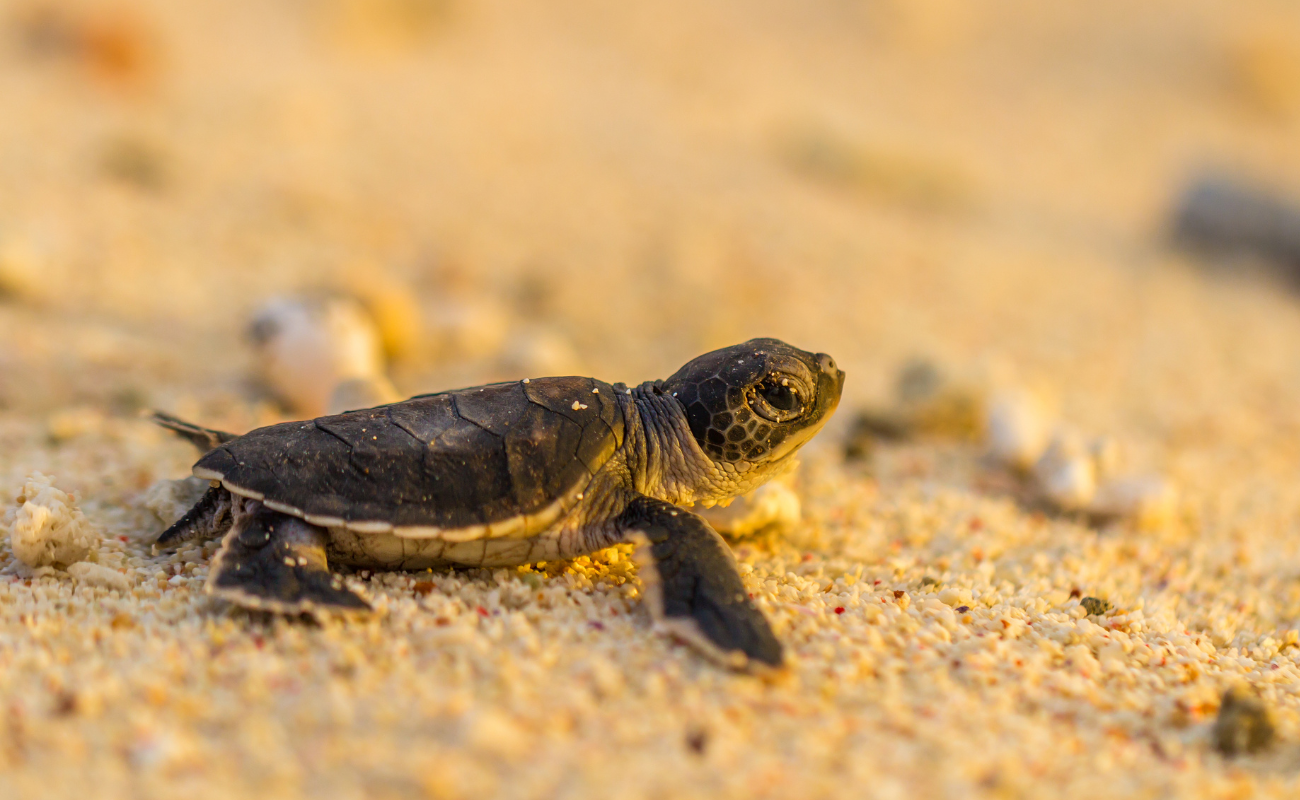Few experiences in the natural world can match the wonder of witnessing a baby loggerhead turtle hatching on the sandy shores of Noosa North Shore in February. In this blog post, we will explore the world of loggerhead turtles and explain why Noosa North Shore is the perfect place to observe this remarkable event.
The Loggerhead Turtle: A Fascinating Species
Loggerhead turtles are among the world’s largest sea turtle species, known for their distinctive reddish-brown shells and strong jaws. These remarkable creatures have been swimming in our oceans for millions of years, symbolizing the Earth’s ancient history. Loggerhead turtles can be found in the warm waters of the Atlantic, Pacific, and Indian Oceans, where they play a vital role in maintaining marine ecosystems.
Turtle Hatching Season in Noosa North Shore
The annual hatching season for loggerhead turtles usually occurs from January to February. During this time, female loggerheads return to the beaches where they were born to lay their eggs, a behaviour known as natal homing. With a bit of luck, you’ll be able to witness the turtles hatching here at Noosa North Shore, located on Queensland’s Sunshine Coast in Australia.
The nesting process is a delicate one. Female loggerhead turtles dig nests in the sand and lay their eggs, typically around 100 to 126 per nest, before carefully covering them with sand. These eggs incubate for about two months, with the temperature of the sand influencing the gender of the hatchlings. Cooler temperatures result in more male turtles, while warmer temperatures produce more females.
The Hatchling Journey
As February approaches, excitement builds as the hatchlings prepare to emerge from their nests. When the young loggerhead turtles are ready to hatch, they use their powerful flippers to dig their way to the surface. This process can take several days and often occurs at night to reduce the risk of predators.
As the tiny turtles make their way to the surface, they face various challenges, including navigating past obstacles like crabs and birds while avoiding artificial lighting that can disorient them. It’s essential for human observers to maintain a respectful distance and avoid using flash photography to minimize disturbances during this critical time.
The Journey to the Sea
Once they reach the surface, the turtle hatchlings instinctively follow the moonlight or the reflection of the ocean’s surface to find their way to the water. This journey is dangerous, as predators await the vulnerable hatchlings. However, those that successfully make it to the ocean have a chance at a long and remarkable life.
Conservation Efforts and Responsible Viewing at Noosa North Shore
Loggerhead turtles are considered a threatened species due to habitat loss, pollution, and climate change. Protecting their nesting sites and practicing responsible tourism are vital for their survival.
When visiting Noosa North Shore to witness loggerhead turtles hatching, it’s crucial to follow guidelines set by local authorities and conservation organisations. Avoid disturbing nesting areas, maintain a respectful distance from the hatchlings, and refrain from using artificial lights or flash photography. By doing so, you can contribute to the preservation of these incredible creatures and their fragile ecosystem. Refer to Noosa Councils website for more info: You can help protect young turtles – Noosa Shire Council
By protecting their nesting sites and respecting their habitat, we ensure that future generations can witness this extraordinary event and continue to appreciate the wonder of loggerhead turtles for years to come.





